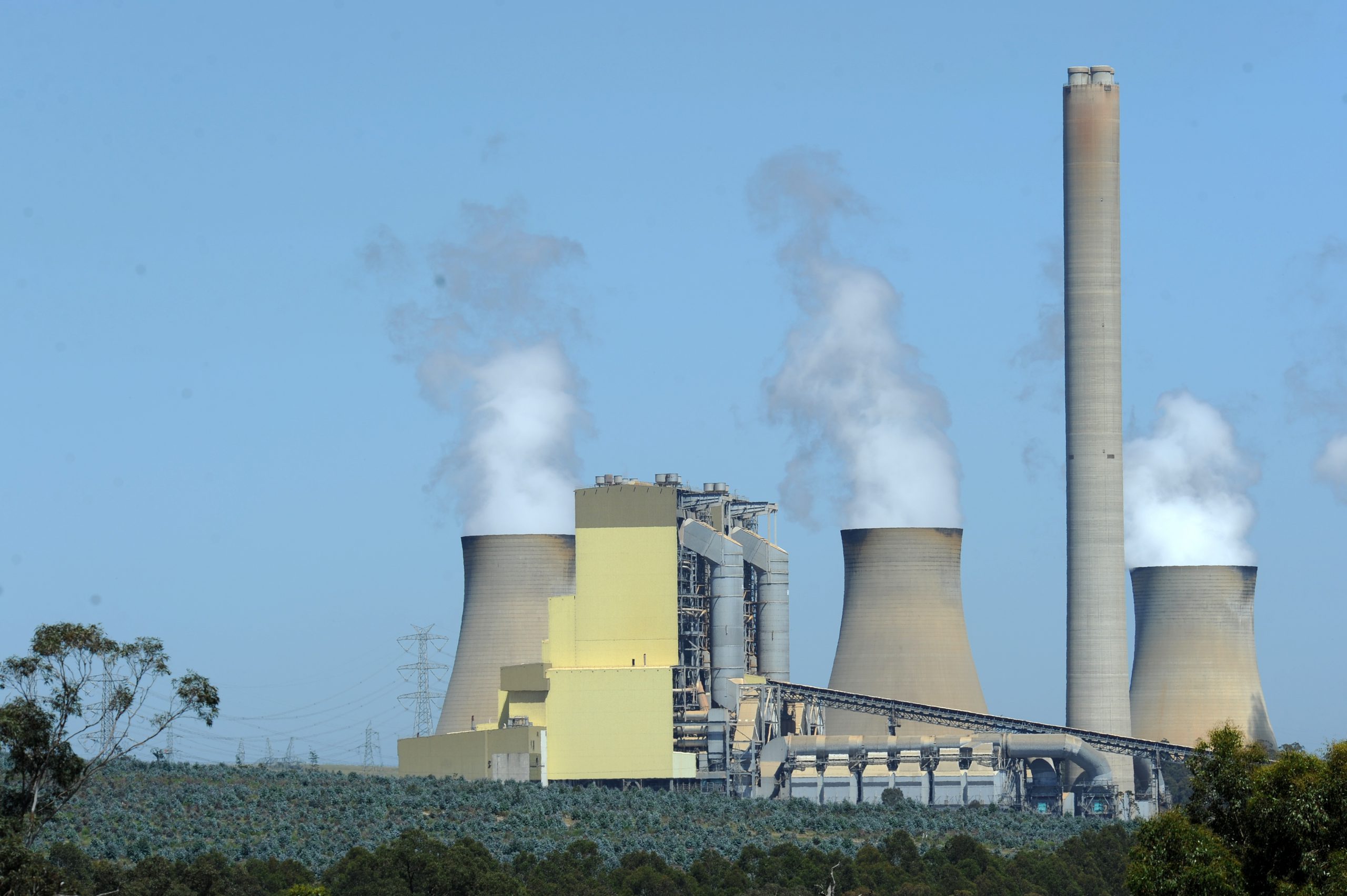Less Latrobe Valley brown coal-fired power was used during the past summer than in the previous year due to the sudden closure of Hazelwood, according to the national energy regulator.
But the remaining brown coal-fired power stations had to work harder and made up 16 per cent of the gap left by Hazelwood.
New South Wales black coal made up 31 per cent of this gap, followed by renewables generated by solar, wind and hydro.
The Australia Energy Market Operator’s 2017-18 Summer Review revealed that the coal fleet generated at its highest level since 2008 and increased average output by 580 megawatts when compared to last year.
The average brown coal-fired generation decreased by about 1000 megawatts from 2017, due to the closure of Hazelwood.
But output from the remaining brown coal fleet increased by nearly 200 megawatts, largely due to increased availability of Loy Yang A Power Station.
AEMO also reported there were no unplanned outages due to generation shortages, despite the past summer being the second hottest on record.
AEMO managing director Audrey Zibelman said the system held up well considering the conditions which created increased demand and the risk of failure.
“It is a credit to the industry that we were able to effectively mitigate the previously projected risks of load shedding,” Ms Zibelman said.
AEMO brought forward its annual summer preparations by several months, including 2000 megawatts of strategic reserves for emergencies to cope with days of peak demand.
This included installing 100 temporary diesel generators at the old Morwell Power Station to be used for emergency back-up although these were not activated between December and March.
The power system was challenged on two extreme heat days in Victoria on November 30 and January 19.
This triggered the Reliability and Emergency Reserve Trader, which cost $52 million – or an extra $6 per household.
“We acknowledge any rise in consumer energy bills puts pressure on budgets,” Ms Zibelman said
“That is why we are focused on working with our fellow market bodies and industry to develop a more cost efficient mechanism to ensure a strategic reserve for future summers.”












